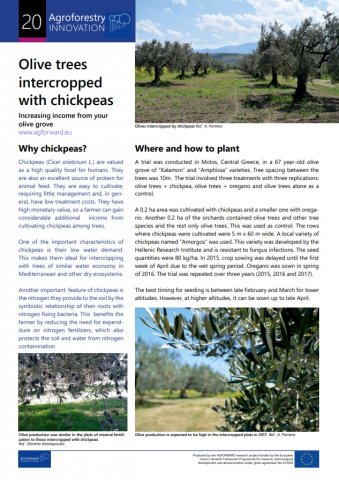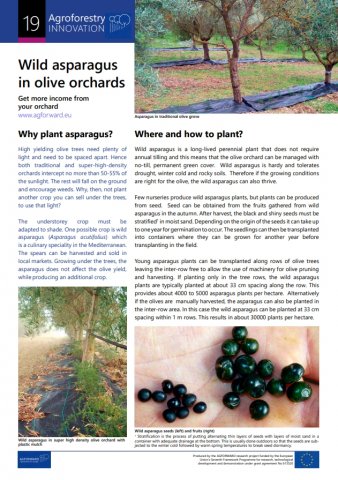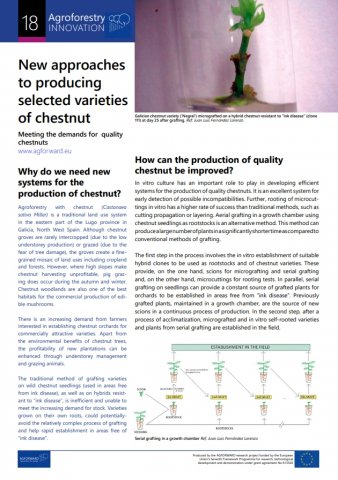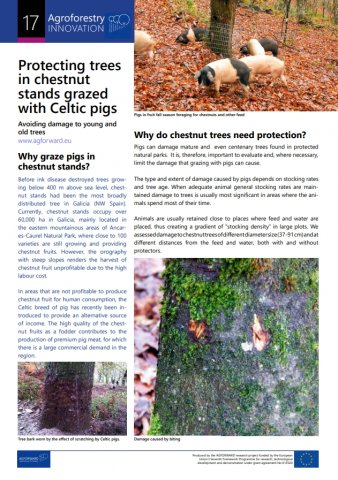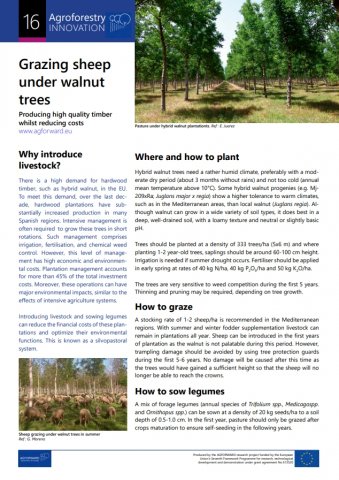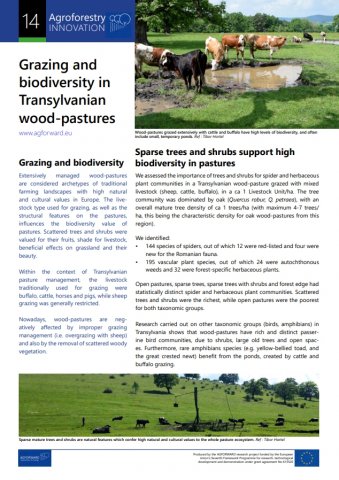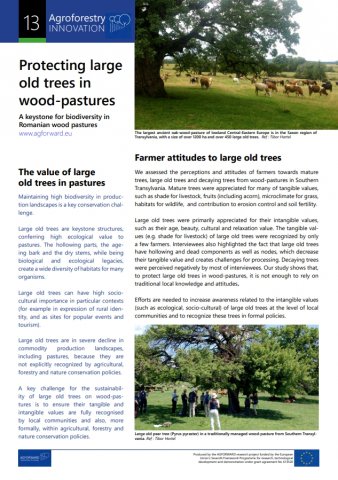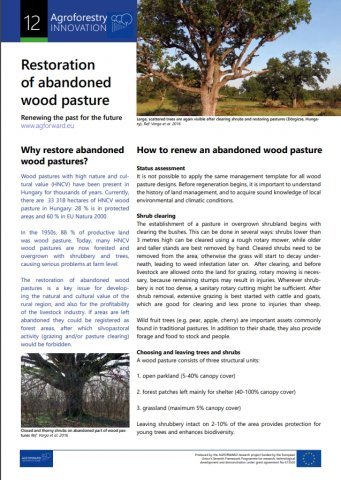Why chickpeas?
Chickpeas (Cicer arietinum L.) are valued as a high quality food for humans. They are also an excellent source of protein for animal feed. They are easy to cultivate, requiring little management and, in general, have low treatment costs. They have high monetary value, so a farmer can gain considerable additional income from cultivating chickpeas among trees.












